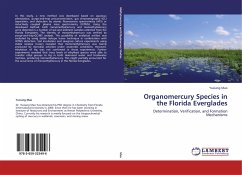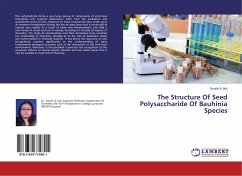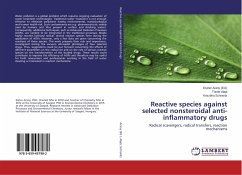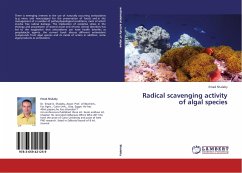In this study, a new method was developed based on aqueous phenylation, purge-and-trap preconcentration, gas chromatography (GC) separation, and detection by atomic fluorescence spectrometry (AFS) or inductively coupled plasma mass spectrometry (ICPMS). Using the developed method, both monomethylmercury and monoethylmercury were detected in a number of soil and sediment samples collected from the Florida Everglades. The identity of monoethylmercury was verified by purge-and-trap-GC/MS analysis. The possibility of analytical artifact was excluded by using stable isotope tracer technique in combination with ICPMS detection. Soil incubation and sawgrass culture experiments using stable isotope tracers revealed that monomethylmercury was mainly produced by microbial activities under anaerobic conditions. However, ethylation of Hg was not confirmed in those experiments. Further experiments revealed that trace levels of ethyllead species were able to transfer ethyl groups to Hg in bothdeionized water and freshwater matrixes, producing monoethylmercury. This might partially accounted for the occurrence of monoethylmercury in the Florida Everglades.
Bitte wählen Sie Ihr Anliegen aus.
Rechnungen
Retourenschein anfordern
Bestellstatus
Storno








